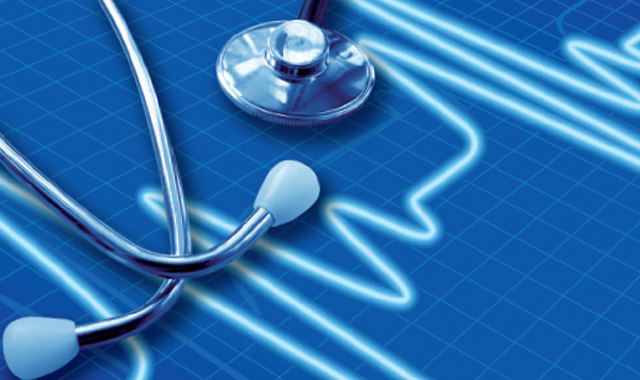The wide adoption of electronic medical/health record (EMR/EHR) solutions in hospitals is making a strong case for interoperability among medical devices, and could well take the $232.5 millionglobal medical device connectivity (MDC) market past the billion-dollar mark by 2022. To make optimal use of EMR/EHR and lower their dependence on manual monitoring, hospitals are developing connectivity strategies based on early warning scores, automated electronic charting, emergency alert and response, virtual intensive care units(ICUs), medical device asset management, and real-time location solutions.
“The current generation of medical devices are local area network (LAN)-aware and has the ability to integrate with any hospital IT systems,” said Dinesh Kumar, Transformational Health Industry Analyst. “Medical devices can connect to hospital networks using Internet protocol (IP) technologies of transmission control protocol (TCP)/IP and wide area network (WAN) either directly or through a vendor-supplied gateway.”
Frost & Sullivan’s recent analysis, Global Hospital-based Medical Device Connectivity Market, Forecast to 2022, examines the competitive landscape covering clinical IT systems vendors, medical device OEMs, vendor-agnostic third-party vendors, and healthcare system integrators. It presents use cases for patient data integration with EHRs, real-time patient monitoring, virtual ICU, centralised patient monitoring, and clinical alarms.
For further information on this analysis, please visit: http://frost.ly/2kq
North America emerged the biggest adopter of MDC solutions in 2017, with $171.8 million of the total revenue. The United States market generated $153.9 million of those, driven by technology innovation and policies like Meaningful Use (MU), Accountable Care Organisations (ACO), and the hospital readmission reduction programme. The Europeanand Asia-Pacific (APAC) markets too were supported by favourable initiatives like healthcare digitisation and the medical error reduction programme at the point-of-care.
Future growth opportunities in this market include:
- Vendor-agnostic third-party device connectivity solutions such as the CareAware iBus platform from Cerner Corporation and the Accelero Connect from Iatric Systems;
- Huge demand for end-to-end medical device connectivity solutions such as the Qualcomm Life’s SmartLinx, which will enable a multi-disciplinary approach towards achieving a connected healthcare ecosystem;
- The growing shortfall of intensive care workforce is challenging hospitals’ ability to care for critically ill patients. Virtual ICU and patient surveillance solutions from Bernoulli Health offers centralized patient monitoring thereby improving overall clinical outcomes in the high-acuity care settings; and
- Healthcare system integrators and interoperability enablers such as Enovacom, Validic and Forcare known for developing and implementing business-specific application interfaces for delivering patient data from disparate sources are gaining significance.
“Next generation connected medical devices will embrace machine-to-machine (M2M) and cloud-based technologies for real time, bi-directional communication required for centralised patient monitoring. For hospitals without EMR solutions, cloud-based device connectivity and digital dashboards for device data visualisation will be an alternative. Furthermore, the growing demand for hospital-based MDC is giving rise to competitive business models and solution offerings from direct and indirect market players,” noted Kumar.
Global Hospital-based Medical Device Connectivity Market, Forecast to 2022 is part of Frost & Sullivan’s global Connected Health Growth Partnership Service program.
About Frost & Sullivan
For over five decades, Frost & Sullivan has become world-renowned for its role in helping investors, corporate leaders and governments navigate economic changes and identify disruptive technologies, Mega Trends, new business models and companies to action, resulting in a continuous flow of growth opportunities to drive future success.
SOURCE Frost & Sullivan






























